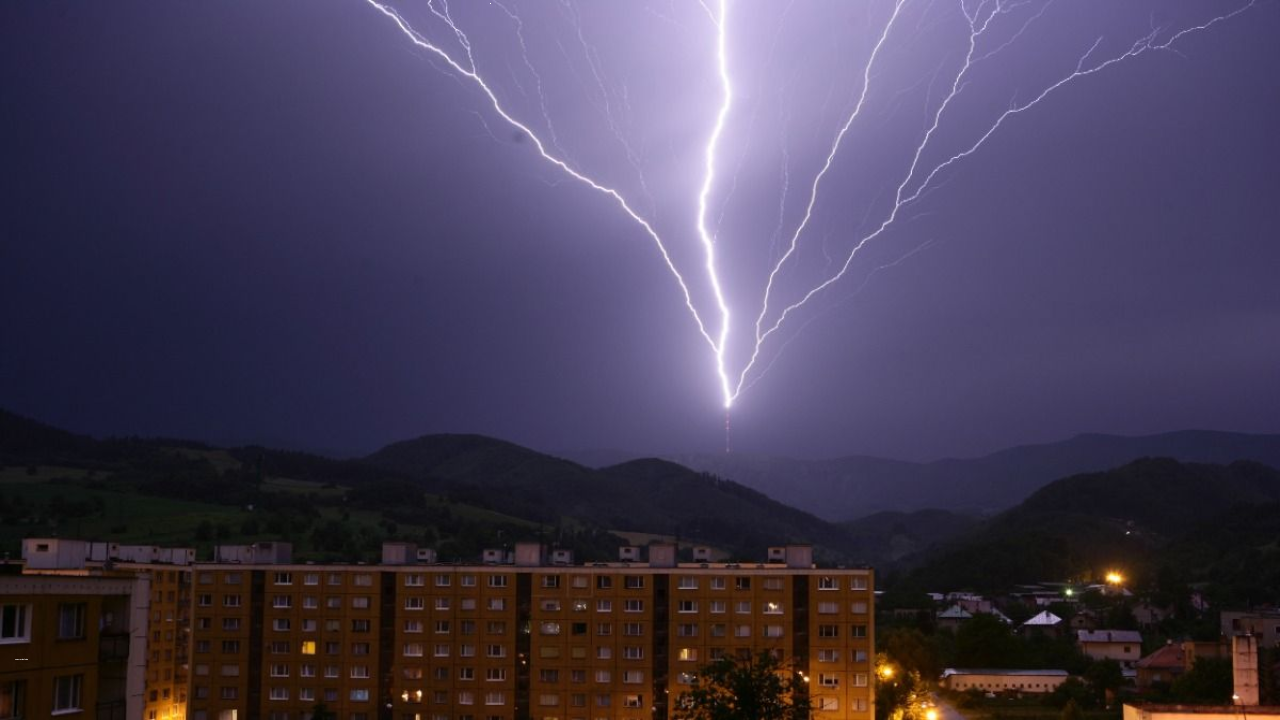What is Upward Lightning?
The phenomenon of upward lightning, also known as upward flashes, has long been a fascinating sight for scientists and observers alike. Recently, Brazilian researchers succeeded in capturing high-speed images of the event, showcasing a self-initiated lightning streak that develops from tall objects, traveling upward towards electrified storm clouds. In this article, we will delve deeper into the research conducted and the mechanisms behind the upward lightning phenomenon.
Where Was Upward Lightning Captured?
The research was conducted in São José dos Campos, a city northeast of São Paulo in Brazil. The Brazilian researchers were successful in photographing the upward lightning with the help of high-speed video cameras, at very high resolution.
Factors Enabling Upward Lightning
For upward lightning to occur, storm electrification and a cloud charge region’s presence are essential factors. The vertical elevation of a tall object increases the electric field’s local intensity on the ground, creating favorable conditions for the initiation of an upward streak or leader from a tall object. It can also develop in response to an electric field change created by a nearby preceding lightning flash.
Upward Lightning Studies
According to a paper in Nature on the triggering mechanisms of upward lightning, there have been several upward lightning studies conducted in Rapid City, South Dakota, USA, and São Paulo, Brazil, between the years 2011 and 2016 during summer thunderstorms. The primary objective of these studies was to characterize the triggering of upward positive leaders from tall objects due to preceding nearby flash activity.
Observation of Upward Flashes
To observe the upward flashes, a combination of high- and standard-speed video and digital still cameras, electric field meters, fast electric-field antenna systems, and lightning mapping arrays were used. These datasets were analyzed to determine the triggering flash type responsible for the initiation of upward leaders from towers.
Triggering Component for Upward Leaders
The paper concluded that upward leaders’ most efficient triggering component from towers is the propagation of the in-cloud negative leader during the continuing current that follows a positive return stroke.
The Stepped Leader
The stepped leader is a channel of negative charge that moves downward in a zigzag pattern from a cloud. As the stepped leader streaks towards the ground, the electrical charges between the leader tips and the tops of tall objects on the ground keep on increasing.
Positive Charge on the Ground
This process leads to an intensification of the positive charge on the ground, causing the air above tall buildings or towers to ionize and turn more conductive. As a result, the negatively charged, downward-moving stepped leader creates a positively charged channel of air that streaks upwards, known as an upward streamer.
Connection with Upward Streamer
When the negatively charged stepped leader makes contact with an upward streamer, the lightning channel is complete, and charges can flow rapidly from the cloud toward the ground. The connection with an upward streamer occurs in just a fraction of a second after the stepped leader’s initiation.
Month: Current Affairs – April, 2023
Category: Science & Technology Current Affairs


